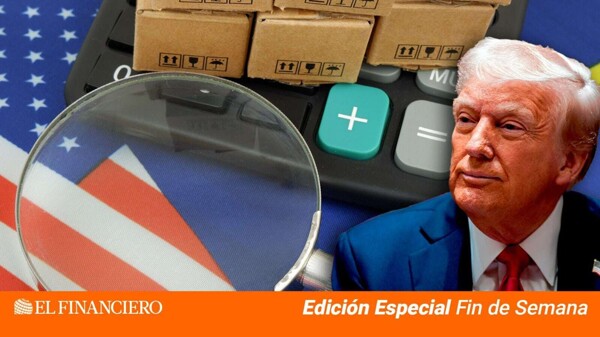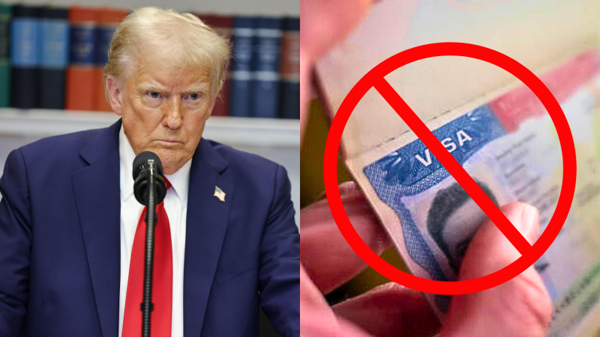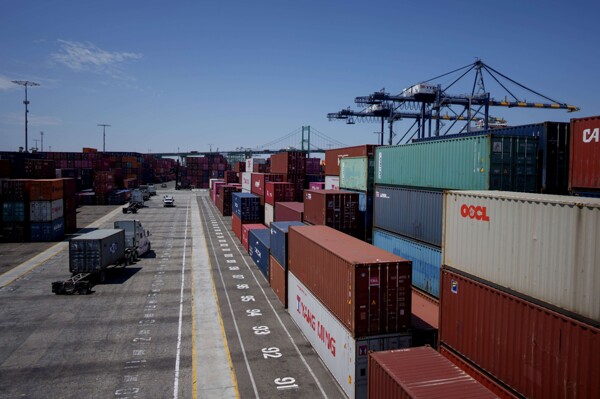
The implementation of the gold card in the United States reveals an approach that prioritizes capital over talent and humanitarian needs in migration matters. This stricter policy regarding work visas and asylum raises questions about the fairness in the treatment of migrants according to their socioeconomic level, hinting at a possible contradiction in the country’s stance.
The lack of clear guidelines on the investment required to obtain permanent residency with the gold card raises doubts about its true long-term economic impact. Some sectors believe that this program could become a pathway for capital transfer without generating significant benefits for the national economy.
For high-profile Mexican investors, the gold card could represent a tempting opportunity to secure their presence in the United States and protect themselves against the economic and political instability of the region. However, critical voices argue that the program is rife with fraud and primarily benefits luxury real estate developments in cities like New York and Miami.
In a context where Mexican migration to the United States is at historic levels due to economic reasons, violence, and lack of opportunities, the proposal of the gold card presents a scenario that facilitates access for economic elites while reinforcing restrictions for the rest of the migrants. This situation puts Mexico in a dilemma between adopting a similar approach or seeking alternatives that prioritize the ability to pay as the sole criterion for residency.
On the other hand, Donald Trump has harshly criticized the EB-5 program, which allowed foreign investors to obtain residency if they created jobs in the United States. The proposal of the gold card has sparked debates about the possibility of Mexico adopting its own model in the future, especially in a context of fiscal and business uncertainty in the country.
Despite the controversy surrounding the gold card, it is presented as a strategy to attract investments and reduce the deficit, although previous studies of similar programs suggest that its fiscal benefits could be limited. While the economic elite have the opportunity to guarantee their residency in the United States, thousands of Mexican and Latin American migrants face increasing legal and political obstacles to enter the country.
In summary, the implementation of the gold card in the United States redefines the migration landscape by prioritizing capital over talent and humanitarian needs. The possibility that Mexico adopts a similar approach presents challenges and raises questions about fairness in access to permanent residency, as well as the true economic impact of such programs in the region.














